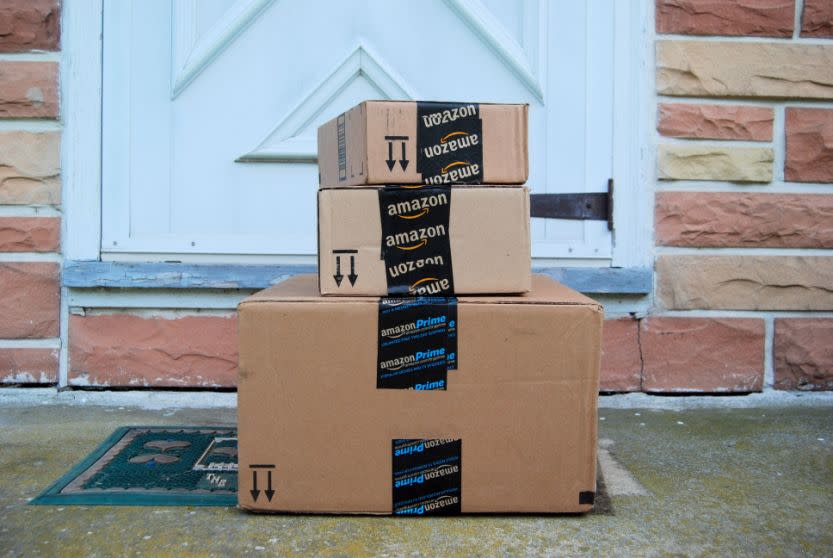Why it doesn't matter that Amazon's most popular service costs it billions

With a reported 80 million users, Amazon Prime is an unequivocal success despite costing the e-commerce giant billions of dollars every year.
Amazon (AMZN), which reports earnings on Thursday after the market closes, has lost as much as $12 billion on Prime over the last two years alone, based on some third-party estimates. It’s probably not expecting Prime to become a moneymaker anytime soon.
However, the subscription membership serves as perhaps the ultimate online customer recruiting and retention tool. That membership now offers video streaming, e-book lending, and free two-day shipping, among other benefits.
For Amazon CEO Jeff Bezos, Prime reflects his now-famous customer-centric philosophy, one that emphasizes long-term gains over short-term profitability.
“There are many advantages to a customer-centric approach, but here’s the big one: customers are always beautifully, wonderfully dissatisfied, even when they report being happy and business is great,” Bezos wrote in a letter to shareholders earlier this month. “Even when they don’t yet know it, customers want something better, and your desire to delight customers will drive you to invent on their behalf. No customer ever asked Amazon to create the Prime membership program, but it sure turns out they wanted it, and I could give you many such examples.”
The more “delighted” the average Prime user is by what they’re watching, listening to, reading and the speed with which their Amazon orders arrive, the more likely they are to stick around and spend.
80 million Prime members in the US
Case in point: the Consumer Intelligence Research Firm (CIRP) estimated this week that Prime has 80 million members in the US. That’s up 38% from a year ago. If true, that means nearly two-thirds of American households have Prime subscriptions. Prime members spend more, too: an average of $1,300 annually on Amazon — $600 more than the typical non-Prime member — according to the CIRP.
Amazon, for its part, is pouring more money into Prime to stay competitive. The company is reportedly spending well over $3 billion a year now to create original films and series. It’s a move Amazon can easily do by leveraging other revenue streams, such as product sales (Kindle devices, merchandise sold online by third-parties) and service sales, with its cloud platform Amazon Web Services.
Netflix, in comparison, doesn’t have other businesses segments to lean on. To wit, Netflix plans on raising just over $1 billion in new debt from foreign investors to help the company finance new content and cover other corporate expenses.
“Their overall struggles are different in a sense that Amazon has a lot of their other businesses to leverage against what they spend in content, and Netflix does not,” explained eMarketer media analyst Paul Verna.
Prime is just one area that Amazon is spending heavily on. In January, the company pledged to add 100,000 new jobs over the course of 18 months as it builds new warehouses. As the Wall Street Journal noted, those ambitious plans for growth may ding its profits when it reports earnings on Thursday.
JP Mangalindan is a senior correspondent for Yahoo Finance covering the intersection of tech and business. Follow him on Twitter or Facebook.
More from JP:
RBC: ‘Amazon has a potential mega-hit on its hands’
How Uber can fix its reputation
